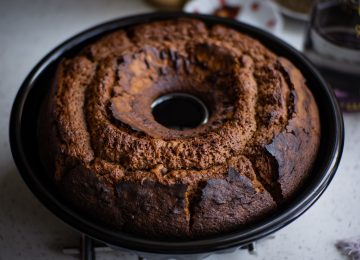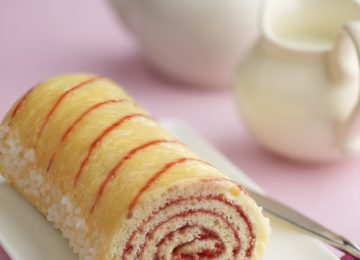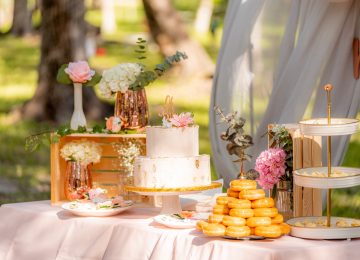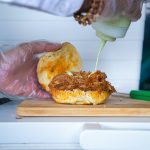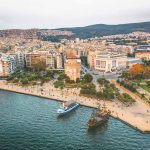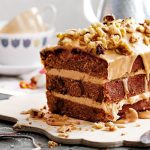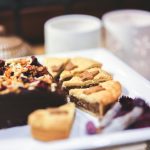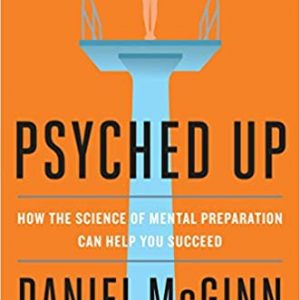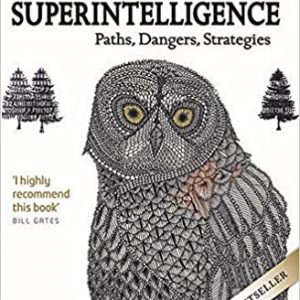Talking turkey
We’ve been gobbling up turkeys for hundreds of years. Henry VIII is said to have been the first British king to feast on roast turkey, but Edward VII made it a festive fashion and it’s been at the heart of the traditional family dinner.
Yet despite all our careful preparations surveys show that 60% of us would prefer to serve the roast turkey overcooked and dried out than risk opening the oven to find it still pink when the family sits down for dinner.
As we flock to the shops for the biggest dinner of the year there’s the thorny question of which turkey to buy with heritage birds often costing twice as much or more as the common white turkey. And when it comes to the roast should you cook it with the legs on or off? Stuff the cavity or the neck? Start with a sizzle or cook at a constant temperature? This year why wing it? Feast your eyes on the best way to select and cook your Christmas turkey.
Fresh or frozen?
A fresh bird will keep in the fridge for up to two days. A frozen turkey should be at a cool temperature (no more than 17.5C) and must be thoroughly before cooking. In a fridge at 4C allow at least 4 hours for every 450g; in a cool room allow about 2 hours for every 450g.
Breed
Some turkey breeds are slower growing and have smaller breasts than a common white. 1. Broad-breasted white – UK’s most common turkey bred to put on maximum breast meat in the shortest time. This tends to result in a top-heavy bird whose breast is too big to enable it to fly or reproduce naturally. 2. Heritage turkeys – breeds that have much in common with wild birds. They tend to take longer to reach maturity than the common white and have a denser texture. Breeds include:
- Bronze – large size, plump breast and juicy legs. The Standard Bronze is lighter and more lustrous than the Broad-breasted Bronze.
- Norfolk Black – Henry VIII’s choice of bird. A long narrow breast, fine-grained white meat and a slightly gamier flavour than the Bronze. Tends to be lighter than the Bronze, with more cover.
- Bourbon Red – a nutty flavour, pinkish flesh and fairly low cover.
- Narragansett – one of the wildest of the heritage turkeys with long legs and a high breast bone.
Appearance
A good turkey should have dry unblemished skin with no rips or breaks and plenty of plump breast. Ideally choose a bird that comes with the giblets as they make the best stock for gravy.
Welfare
- Organic: no sprays, artificial fertilizers, or routine use of antibiotics. They tend to be slow-growing heritage breeds, so have lived for 80 days or more. They are free-range and fed organic non-GM feed. They’re bred in limited flock sizes and are likely to be drily plucked.
- Free-range: free daytime access to outside fed grain live for 58 days or more and kept in relatively low-density flocks.
- Freedom Food Assured (RSPCA): offers three standards: organic, free-range, or indoor. Must be from farms inspected to RSPCA’s standards housing natural light and ability to express natural behavior, among other things.
- Red Tractor: farmed indoors and reared quickly with higher-density flocks. Traceable to inspected farms in the UK and produced to specified standards.
- Traditional free-range: tend to be slow-growing heritage breeds. They’re free-range and fed a high-cereal with no antibiotics or additives. Bred in limited flock sizes they are likely to be dry plucked.

